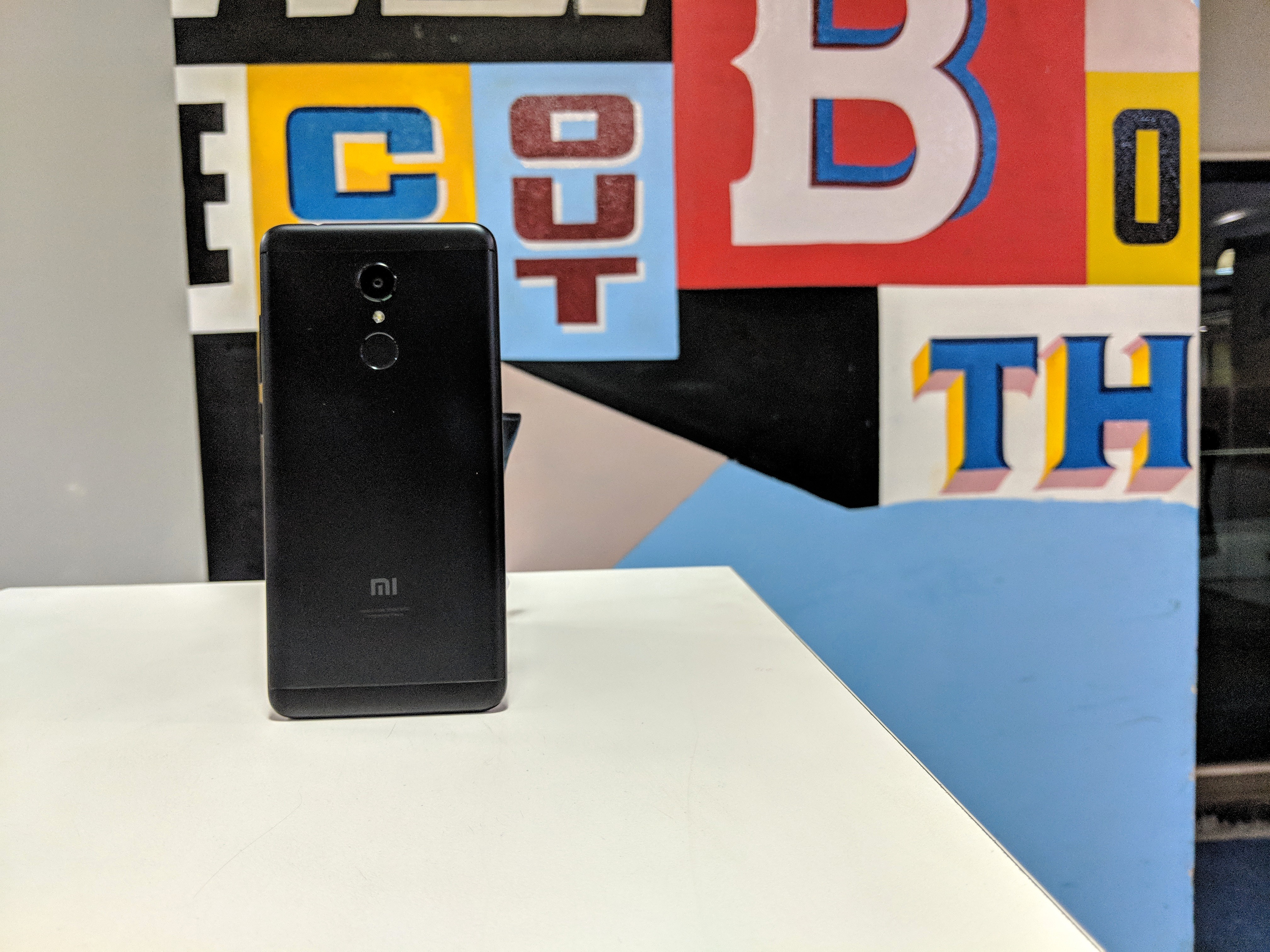Why you can trust TechRadar
Software and UI
- Android 7.0 Nougat based MIUI 9.0
- Feature-rich
Like its elder siblings, the Redmi 5 too disappoints with its year old Android OS that comes with no certainty of getting updated to Oreo. But it tries its best to make up for it with the MIUI 9.0, Xiaomi’s own custom UI with some neat set of features.
So, if you have been using a Xiaomi phone (except for Mi A1) before this, you will feel at home with some extra features added on top of existing ones. Some useful improvements include split-screen, notification shade, Mi Drop, and more. There are some more features like the App Vault, an improved Mi Video app, some India-specific customisations like the IRCTC card in the Messages app and festival cards.
Being a stock Android person myself, I found it a little cluttered to use at times. The most irritating element is the missing app drawer. I agree not every user wants it, but some do. So it would be great if Xiaomi can put an option to enable or disable it from the settings.
Performance wise, we didn't encounter any kind of lag or bug and our experience remained smooth throughout. The transitions are smooth and efficient memory management keeps it seamless.

Performance and specs
- Snapdragon 450 processor performs well throughout a day
- 2GB/3GB/4GB RAM and 16GB/32GB/64GB internal storage
The Redmi 5 has Qualcomm Snapdragon 450 chipset, which is an upgrade over Snapdragon 435 used on Redmi 4. The phone I tested was a 3GB RAM variant with 32GB storage.
Qualcomm claims the Snapdragon 450 is about 25% more powerful than its predecessor. This implies both processing power and graphics performance. The CPU of the SD450 is clocked at 1.8 GHz while it is 1.4 GHz for the SD 435.
The new chipset is built on 14nm manufacturing process, which ramps up the thermals of the SD 450 resulting in a more consistent performance and lesser throttling.
Sign up for breaking news, reviews, opinion, top tech deals, and more.
In real world usage, the phone impressed us. The performance was matchable to the Snapdragon 625 in tasks like opening and closing of apps, switching between them, or even running intensive games.
I installed the new mobile version of Tekken and Modern Combat FPS to test the device's gaming performance. Surprisingly, the phone didn't struggle to run either of the games.
During gameplay, Tekken felt fluid, there was no visible latency or frame-drops. It only lagged when there was a transition between the gameplay and the story. But it's not enough to create a hue and cry over.
Even with the Modern Combat 5, the online multiplayer experience is praiseworthy, but it did struggle after a certain amount of time. For the first 15 minutes, there was no sign of lag or heating, but eventually, we could feel a slight heat around the camera.
Without a doubt, I can say it is the fastest phone in its segment. It is well optimised, feels snappy, unlocks quickly and has not shown any lag till now. But yes, it's no flagship so don't expect it to retain the speed for two years.
Verdict
The Redmi 5 is proof that Xiaomi has raised the standards for its budget phones. It ticks all the right boxes, offers great value for money, but it’s just the 18:9 display and Snapdragon 450 that excites us.
Sure, having a repetitive design and an older version of Android is an issue for every user, but with a phone like Honor 9 Lite priced similarly, all of this does matter.
At Rs 8,999, the 3GB RAM variant is easily recommendable. Increasing the budget by Rs 1,000 can get you a Redmi Note 5 with a bigger battery, display and a more powerful chipset. But if you are planning for the 4GB RAM variant, at Rs 10,999 you can consider the Honor 9 Lite. It has a stunning design and much better cameras.

Sudhanshu Singh have been working in tech journalism as a reporter, writer, editor, and reviewer for over 5 years. He has reviewed hundreds of products ranging across categories and have also written opinions, guides, feature articles, news, and analysis. Ditching the norm of armchair journalism in tech media, Sudhanshu dug deep into how emerging products and services affect actual users, and what marks they leave on our cultural landscape.
His areas of expertise along with writing and editing include content strategy, daily operations, product and team management.
